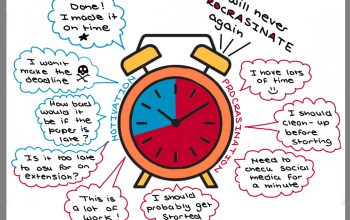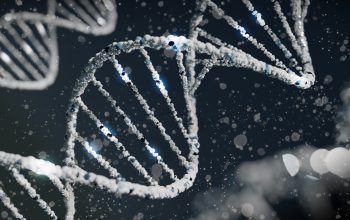It exhibits selection bias and so doesn’t provide the “full picture”
Henry Paluch, Contributor
The sinking of the RMS Titanic in 1912 was no doubt one of the biggest news stories of the early 20th century. It is easy to imagine newspapers at the time rushing to publish an account of how the ship, in all its grandeur and opulence, sank to the bottom of the sea. Newsstands across the world were saturated by the catastrophe. To many, it might have seemed as if the sky was falling. In the years that followed, this story came to hold a special place in the cultural sphere. There is a reason James Cameron’s 1997 film Titanic turned out to be so popular. The Titanic remains an iconic example of the many tragedies that overwhelm the news every day.
But hold the phone — surely some good things happened in 1912? Where the voyage of the Titanic failed, other voyages were met with success. Explorer Ronald Amundsen and his companions completed the first polar expedition to the South Pole. Harriet Quimby flew in a monoplane across the English Channel, becoming the first woman ever to do so. The Nefertiti bust, which would later become one of the most famous pieces of ancient art, was discovered by archeologists in Egypt.
The cultural voyage continued as composer Gustav Mahler debuted his Ninth Symphony. Across the Atlantic Ocean, songwriter W. C. Handy released his hit song “The Memphis Blues”, which would later be recognized as the first recorded blues song. Meanwhile to the north, Emily Carr painted some of her most vivid works in an Indigenous community in Northern British Columbia.
The creative capacities of humanity continued to shine as the motorized camera was invented, a theory of continental drift was posited, and the Scoville scale for hot peppers was created. And finally, to quench the fiery heat of these human achievements, Life Savers candies were first sold to the world.
So why does history remember a lack of life preservers instead of an abundance of Life Savers? It largely comes down to a simple feature of how the news is published, read, and remembered. At each of these three stages, the news exhibits what is called selection bias.
Here is what this selection process might look like: a newspaper may start with some 1000 potential stories. Of those 1000, perhaps 100 qualify for publication according to what the editors think people will be drawn to read. At the publishing stage, violence and tragedy are chosen over the more positive (and sometimes boring) events of the day. Then, after publication, the reader might choose 10 or so sensational stories to read. The third and final stage takes place when the reader tries to recall some of these stories. Given the biased nature of human psychology to recall the tragic over the tame, one can be pretty sure that most people will remember a lack of life preservers and not an abundance of Life Savers.
After reading the catastrophic news of the Titanic sinking in 1912, I am sure many people felt the world was in a dire state. Had I been alive back then, I certainly would have. However, if individuals take a step back, they can realize that the news is often just the tip of the iceberg. Reality is the huge chunk of ice that exists beneath the surface of the water. Reading about life preservers is important, but don’t forget to read about Life Savers too.



